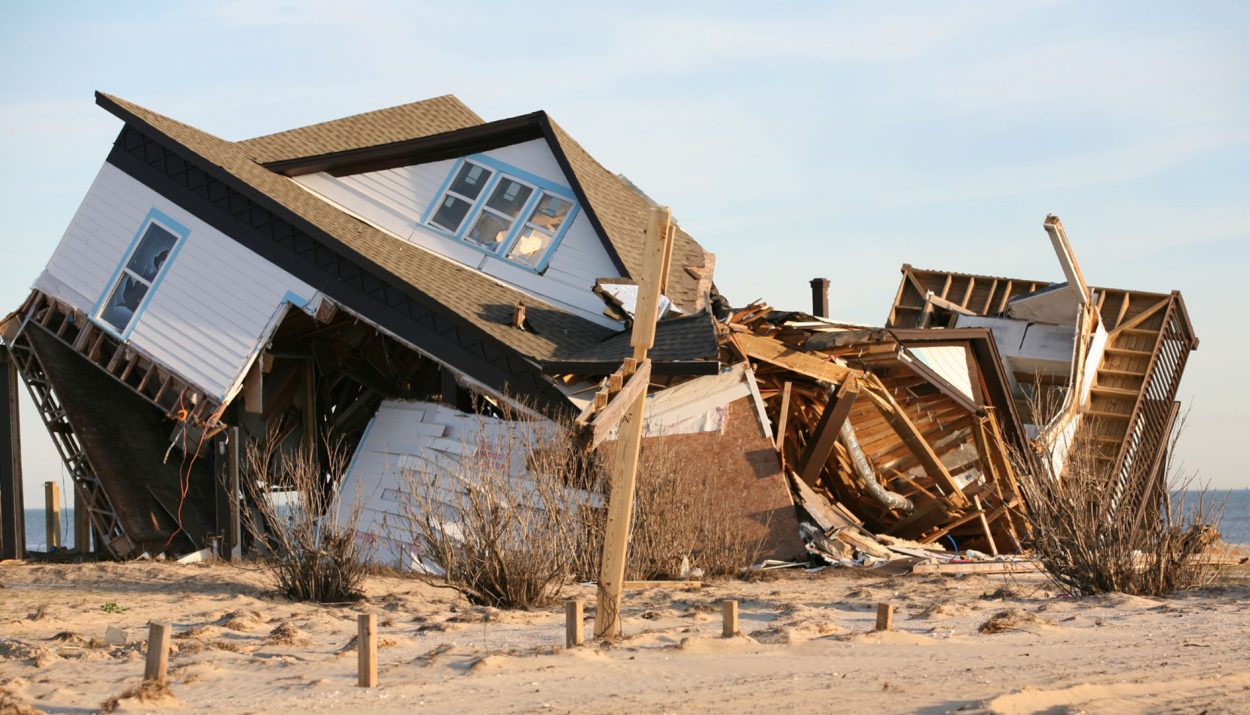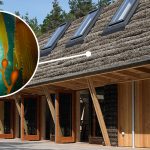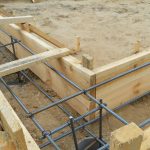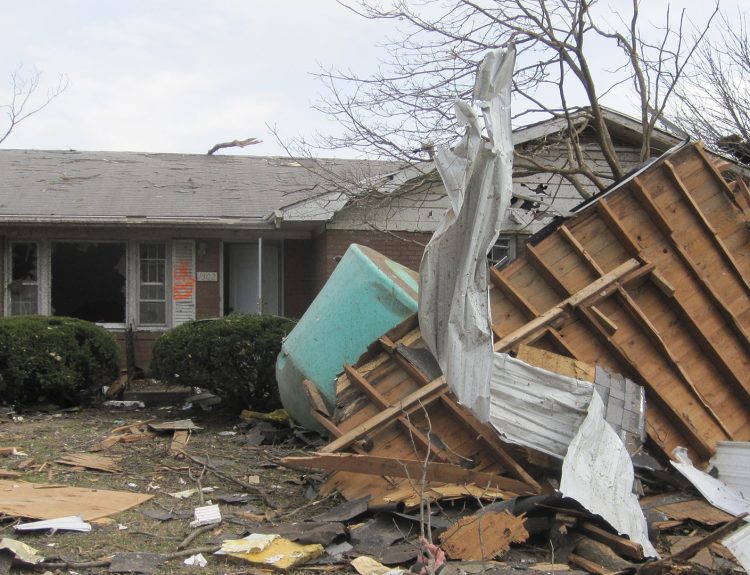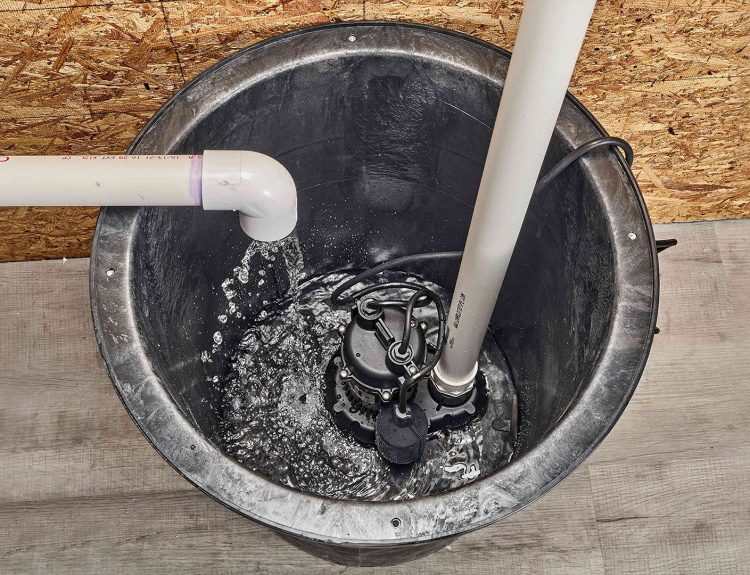Owning a beachfront property along Oahu’s North Shore is a dream come true most months of the year – but then the uncertainty of the winter season ruins it. Those beautiful, surf-friendly waves quickly turn dangerous – sometimes reaching 30, 40, or even 50 feet high. Once those waves reach the shoreline, there’s little stopping them from causing damage and destruction.
Homeowners Preparing For The Worst With Incoming Swell
A series of big storms over the Pacific Ocean is causing an increase in wave energy throughout Hawaii and California – a welcome sight for professional surfers, but a nightmare for anyone who owns a beachfront home along the north – and west-facing shores of the Hawaiian Islands.

These waves have been gradually eroding the coastline for over a decade. The problem has gotten so bad that most of the homes are teetering on the edge of disaster – one giant wave away from their house caving in. And when homeowners try to prevent it by hardening the coast with temporary structures, they’re almost always met with a hefty fine.
One Homeowner Was Fined More Than $100,000
Kristen Consillio of KHON2 wanted to see for herself, so she visited one of the homeowners (Todd Dunphy) on Sunset Beach and asked him about some of the things he (and other homeowners) are doing to protect their home – and what the government is doing in response.
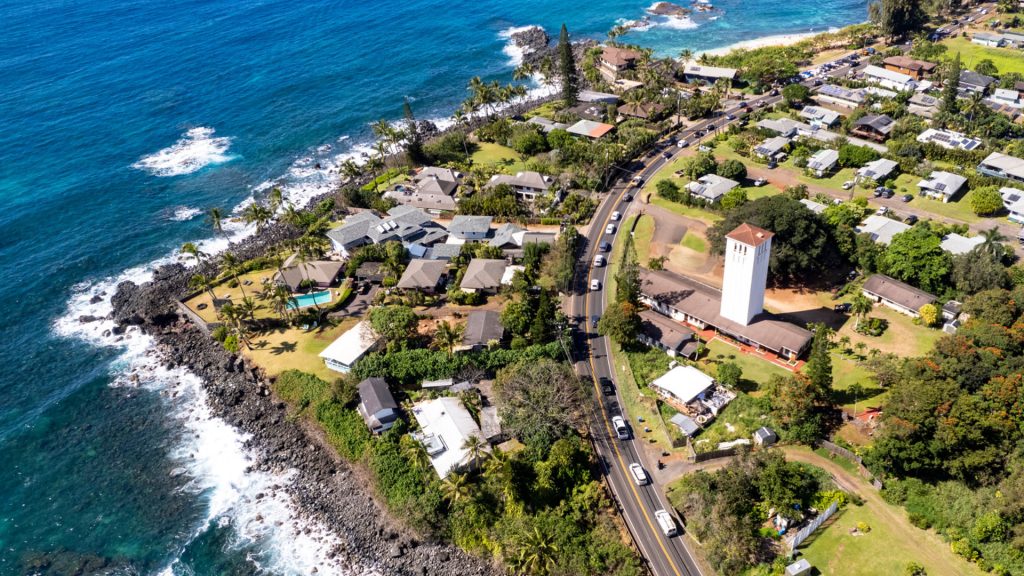
According to Dunphy, the Department of Land and Natural Resources fined him more than $100,000 for building a sand barrier outside of his home. “They refuse to let us do anything without fining us, and it’s the only state in the United States that isn’t helping. The state is doing nothing at all, zero,” Dunphy said during the interview.
Two Other Homeowners Were Fined Nearly $1 Million In January
Dunphy’s fine was nothing compared to the fine two other property owners received earlier this year. One of those properties – owned by Sunset Oasis LLC – was fined $948,000 in January for installing a sand-filled burrito system and failing to remove it when the DLNR asked them to in 2021.
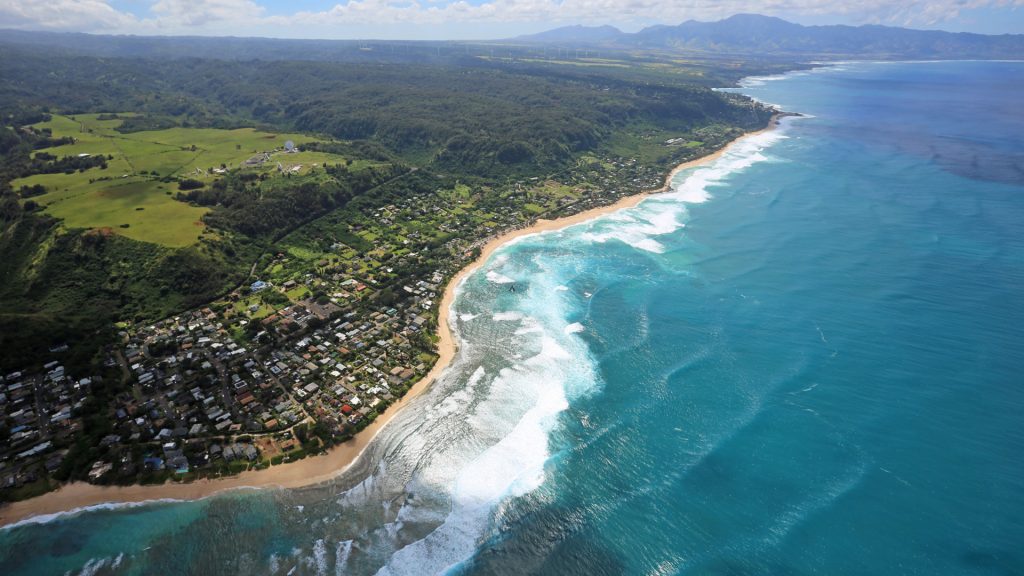
The neighboring house – owned by Zhungo LLC – was fined even more, amounting to $993,000 for authorizing, causing, or allowing the construction of a seawall without permission. They also placed rocks in the form of a revetment and installed additional sand-filled burritos and sandbags on public land.
Department Of Land And Natural Resources Issues Response
In a recent statement released by the DLNR, administrator Michael Cain said homeowners who invest in property along Oahu’s North Shore should understand the risk in doing so. And if they don’t (or they ignore the risk), they shouldn’t expect the state to bail them out by allowing private property owners to build temporary structures on public land.

“Investors in coastal properties are aware of the risks they are taking in buying properties that are directly exposed to these large winter swells. They should not expect the State to turn over public beach lands for them to build seawalls on them to protect their private investments,” Cain wrote in the statement.
DLNR Issued Emergency Permits More Than 10 Years Ago
To be fair, the DLNR has been issuing warnings to homeowners for more than 10 years. In fact, the DLNR issued emergency permits in 2014 to allow homeowners the opportunity to ‘shore’ up the land under their homes. The purpose behind this move was to give homeowners enough time to move somewhere safer.
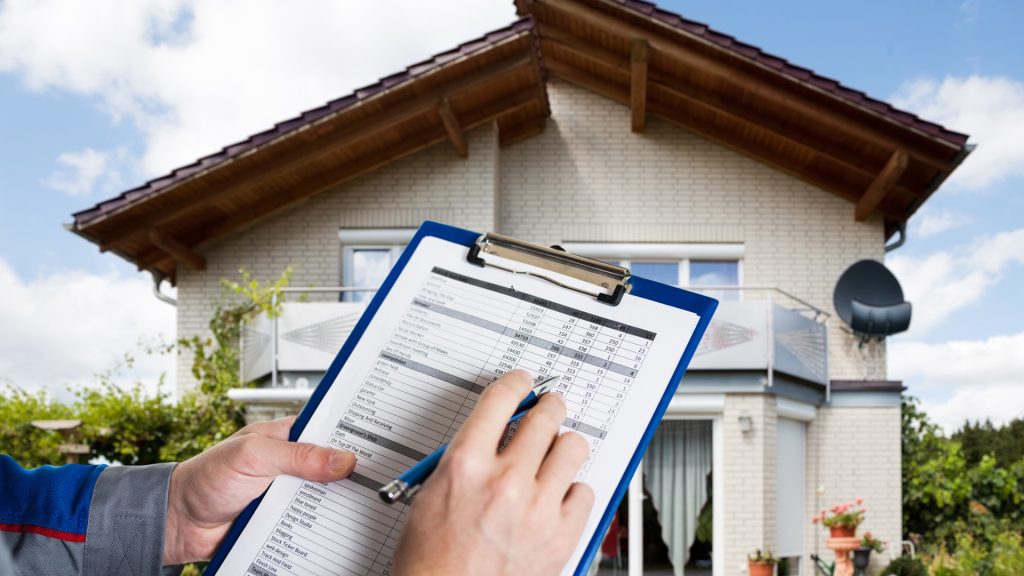
But they didn’t move – and now those permits have expired. In 2022, the DLNR used drone footage to survey homes along the shoreline. They detailed the erosion control methods that are still being used by most of the homes (without a permit for it) and whether or not the methods were restricting beach access to the public.
Temporary Structures and Sea Walls Are Making The Problem Worse
The drone footage gave local officials a clear look at the current situation and what they found was that the temporary structures are actually making the problem worse – resulting in even more erosion than expected. “It’s a real mess and the photographs clearly show it,” Cain said of the findings last year.

Not only are the structures starting to break down, but it’s causing debris and other items to wash out to sea – filling the ocean with plastic and other dangerous materials. “We’re finding plastic in the shorelines. We’re finding debris up on the rocks and on the reef that is from these unauthorized structures,” Cain added.
DLNR Considering Solutions For A ‘Managed Retreat‘
It appears the only solution moving forward is what officials are calling a ‘managed retreat’ – which would allow property owners to transfer development rights and move inland. The problem is they don’t have a lot of land to give – and since no other state has implemented something similar in the past, they’re being asked to improvise.

“We talk about ‘retreat,’ but no one has successfully implemented retreat in a densely populated area like we have with little room to move inland. We don’t have many role models to follow, and Hawaii is going to have to take the lead in finding solutions,” Cain said in Sept. 2022.
Homeowners and DLNR Officials Find Themselves In A Catch-22
North Shore homeowners and DLNR officials are finding themselves in a bit of a catch-22 situation here. Homeowners don’t want to leave their home behind, but it’s the only practical solution to the problem. And the DLNR doesn’t want temporary structures built to prevent erosion, but not having them would cause the houses to collapse.

As for the waves, they aren’t going to stop – in fact, they’ll continue to return every winter with one thing on their mind. Destruction. And it’s not just homes that are impacted – beachgoers and surfers are at risk, too. “We fix one environmental disaster; we create a new one,” Cain added in his report two years ago.

